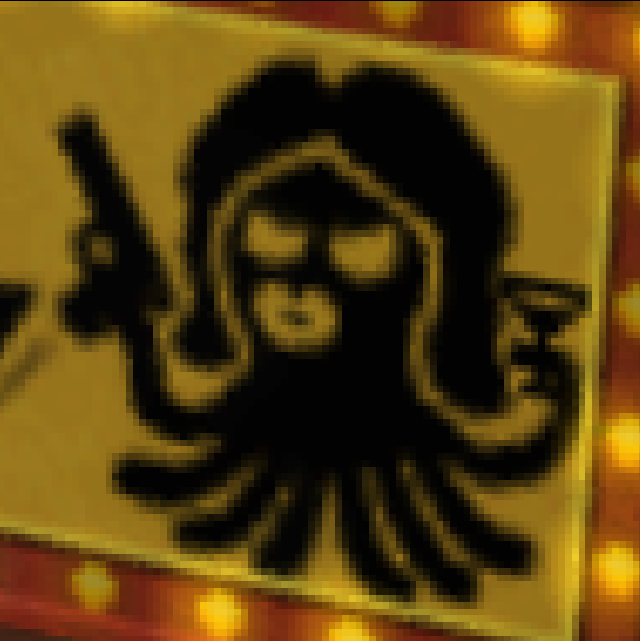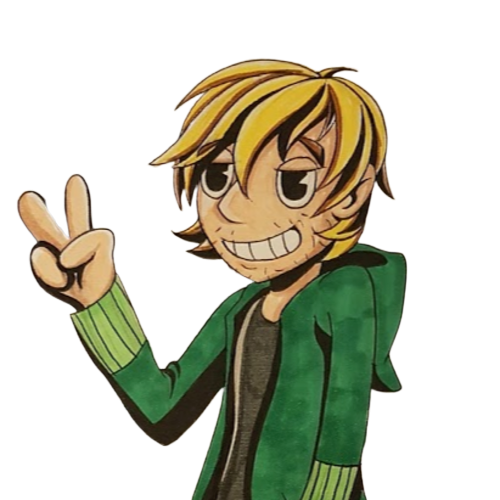Im actually curious on how they’re made, and what does it take to make one or what is needed? Are they worth making?

In terms of mods it depends on if the game already releases with mod support. What that means is usually that the game will either accept raw texture, sounds, scripts etc. files in whatever formats the game understands, and it’ll allow those to overwrite the files usually used by the game, or otherwise take them and attach them to new characters or items added to the games by the mod scripts.
Sometimes this requires the players to create mod tools to more easily create and modify the files the game will accept since how mods are handled is usually proprietary, or the game will actually have its own developer released mod tools such as Fallout 3’s GECK.
Sometimes games don’t natively allow mods but have a dedicated enough userbase that reverse engineers enough code to figure out how to inject mods. Usually this is many, many times more complicated and the extent of possible mods are usually simple replacements of textures or models, and nothing as complex as deeply scripted mods.
Sometimes games are not moddable at all due to being heavily encrypted or the userbase just not being dedicated enough. ENBs are not exactly the same as mods, so you’ll often find games that aren’t moddable still have mod site entries for ENBs even though you can’t replace any textures or anything like that.
I’m not a real modder, so some of this info may be quite vague or not entirely correct, but hopefully that gives a good overview.
Depends on the game and the extent of mod. For doom a ‘mod’ can be as simple as a retextured sprite or as extensive as a full asset flip with new sounds and everything. Dooms physics game engine was open sourced a very long time ago meaning that someone can make a 1 to 1 functional clone of doom if you make your own assets (that’s the basis of the Freedoom IWAD project).
Ports are rewrites of the physics game engine either from its original source or completely new. Either to get the game on a console or new computer architecture. Blood is a infamous case where the source code of the original game was lost, the new remaster of it uses a completely different engine and thus its gameplay cannot be 1 to 1 faithful.
Some games are made with modding in mind. Minetest comes to mind as its both a game engine and a playable game meant for users to build their own games. Surge the Rabbit is in the same vein being a 2d sonic clone/platformer engine meant to me nodded.
Some games are a nightmare to mod, Minecraft java edition for instance. Minecraft mods require mod loaders which inefficently tear apart the games code and patch in the mod content in a Frankensteins monster of a game code. Microjang at one point point promised modders an official supported game API but gave them the finger after they realized bedrock edition was where the money is.
Difficulty ranges on a scale then I guess. Easiest are very old games with open source ports that just require some basic image sprite and midi changes. Usually map making is very easy too. The medium is modern open source game engines that are intended for modding in mind. The hardest are locked down AAA games where the devs either ignore the modding community or even actively harm it.
A mod and a port are very different.
So ports are taking a game developer for one platform and getting it to work on another. This can be complex due to different system requirements not just technical specs but take porting from PC to PlayStation. A lot of PC games don’t need to support a controller but porting to PlayStation that’s your only player input. Additionally you have different screen requirements like a UI that’s usable from 20 feet away on a 30 inch TV. Letting the player adjust the UI scale. Of course, there is also the more technical side. Like the PlayStation uses different floating point algorithms than Windows and thus I’ve seen something like jump pads launch you double the height compared to PlayStation. You then have to correct the code and make it cross platform. You could do this by changing the order you do operations or simply in My example divide by 2 on Windows (not recommended).
A mod is taking a game and using it as a base to make changes and add to the game or make a new one. Some games put specific APIs in their game to support modding. Typically by using a scripting language which can be either replaced or added to a specific folder. Other times people forcibly make mods by opening packed files like jar files or pak files and replacing their files or adding new ones. These two methods could also be used in combination. The benefit of scripting languages are that they allow cross platform mods fairly easily since the scripting language interpretor is built into the game.
I’ve been a game developer for 10 years and have done both porting and making a game moddable.
Generally what needs to be changed in a game port is the input and graphics output parts, the rest of the game engine can stay mostly the same.
To add one more option as well: In even more limited cases, a fanbase is dedicated enough to rewrite the entire game into free software like with OpenRCT2. I don’t know if I’d really call this a “mod” per se since it’s an entirely new implementation, but the end goal of changing/customizing the gameplay remains the same.





